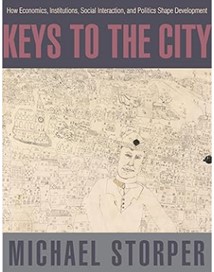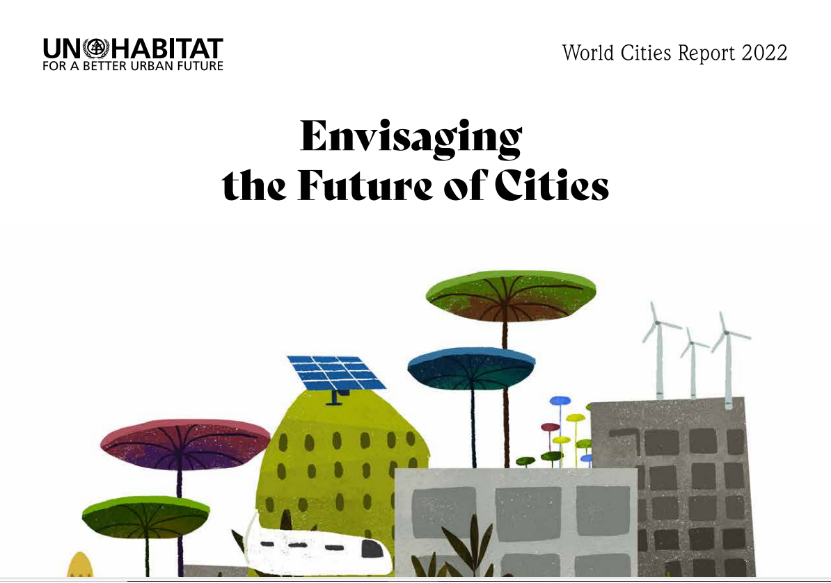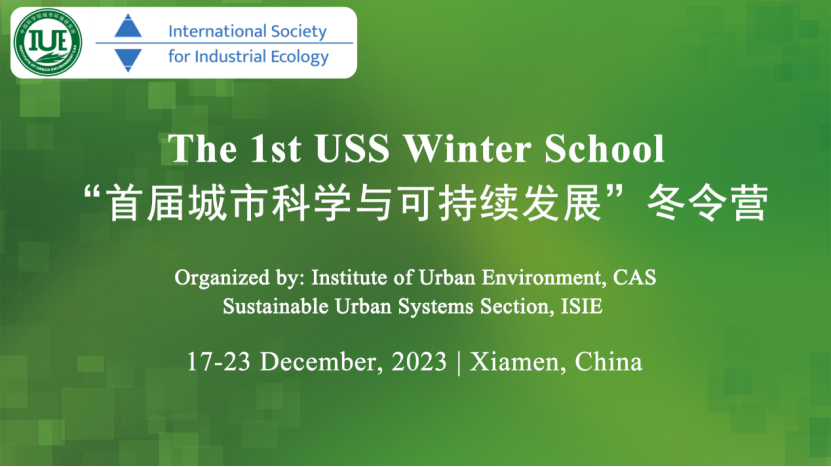Review of Keys to the City
Ting Mao
In Keys to the City, Michael Storper, one of the world's leading economic geographers, looks at why we should consider economic development issues within a regional context--at the level of the city-region--and why city economies develop unequally. Storper identifies four contexts that shape urban economic development: economic, institutional, innovational, and interactional, and political. The book explores how these contexts operate and how they interact, leading to developmental success in some regions and failure in others. Demonstrating that the global economy is increasingly driven by its major cities, the keys to the city are the keys to global development. In his conclusion, Storper specifies eight rules of economic development targeted at policymakers. Keys to the City explains why economists, sociologists, and political scientists should take geography seriously.
Why do some cities experiences sustained economic growth while others face fluctuations or even gradual decline? Michael Storper’s Keys to the City offers readers a framework for understanding the complexities of 21st-century urban and regional development through a profound analysis of global urbanization processes. The author explores the intrinsic logic of urban development from multiple dimensions, including economics, institutions, social interactions, and the political environment, revealing why cities play such a crucial role in the context of globalization.
In the first chapter, Storper revisits a classic question posed by Charles Musterd: Is population migration the “chicken” or the “egg” of regional development? In fact, urban development and the evolution of urban systems result from the movement of people and jobs (businesses) between different places. But what drives changes in urban and regional development patterns? The author views urban systems as production geographies, where changes in technology and trade costs shape the “origins of specialization” and, ultimately, spatial inequalities. However, what enables some cities to stand out in global competition while others become marginalized? Differences in institutional environments are one of the key factors leading to this phenomenon. Strong social networks and community interactions play an important role in driving urban development. When a city can establish a robust institutional environment that fosters close collaboration and efficient flows of knowledge, capital, and labor, it can maintain its competitiveness in the global process, attract innovative resources, and stand out. In contrast, cities lacking effective institutional support and social networks are more likely to be marginalized. Next, Storper examines the complexity of technology, globalization, and local interactions from the perspective of social interaction. He notes that technological advancements and globalization have accelerated interactions and competition between cities but have also exacerbated challenges related to social inequality and uneven resource distribution. Despite the ease of remote communication brought about by technology, face-to-face interactions remain irreplaceable in innovation and economic activities. Finally, Storper explores the relationship between the political environment of cities and regional development. The design of political institutions directly affects the inclusiveness and fairness of cities, as well as their ability to maintain an advantage in global competition. The author believes that cooperation and competition coexist among cities, and good governance and policy coordination are key to achieving long-term urban prosperity.
“Innovation” is the core driving force of a city’s long-term competitiveness. In the era of globalization, a city’s competitive advantage depends not only on its geographical location or traditional resources but, more importantly, on its capacity for innovation and its ability to adapt flexibly to market changes. A good institutional environment not only includes the rule of law and infrastructure but should also encompass community interactions and self-governance mechanisms that promote the accumulation of social capital. These factors directly influence a city’s economic vitality and social cohesion. This viewpoint offers new insights for urban planners, suggesting that policymaking should place greater emphasis on the multi-level and comprehensive nature of institutional design. Although technological advances have reshaped the interaction patterns of cities, and digital technology has become the primary means of information dissemination, face-to-face communication remains crucial for innovation and the establishment of trust. In the digital age, urban planning must still preserve and enhance spaces that promote direct interaction. Therefore, urban development needs to go beyond mere environmental construction, focusing instead on attracting and retaining productivity and innovators who can drive economic growth. High-income cities should maintain innovative, high-end economic activities, middle-income cities should avoid falling into the middle-income trap through specialization, and low-income cities should gradually integrate into the global economy by building infrastructure. Institutional environment and economic geography are key determinants of urban productivity, with factors such as the rule of law, infrastructure, and community self-governance being indispensable. Face-to-face interactions are also crucial for economic coordination, and urban planning should emphasize the construction of communities and interactive spaces.
In summary, Storper systematically outlines the logic of urban development from the perspectives of economics, society, and human behavior, and further analyzes how these factors interact at the micro level—including individuals, families, businesses, and groups—to collectively shape and transform cities. The key concepts introduced in the book, such as innovation, institutional environment, globalization and local interactions, and regional cooperation, help deepen our understanding of how cities develop, evolve, and respond to challenges in the context of globalization, thereby enhancing our comprehension of the complexity of urban development.




